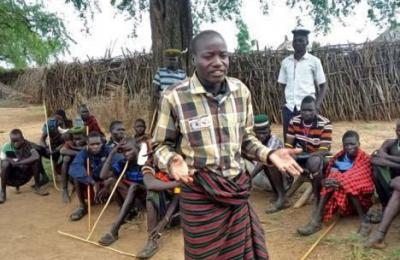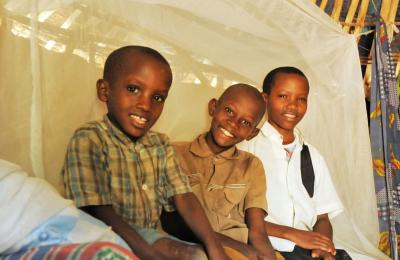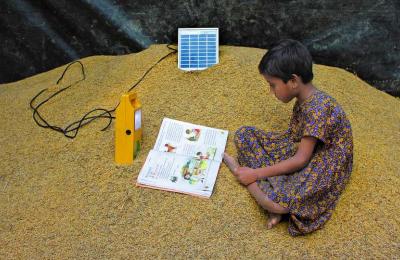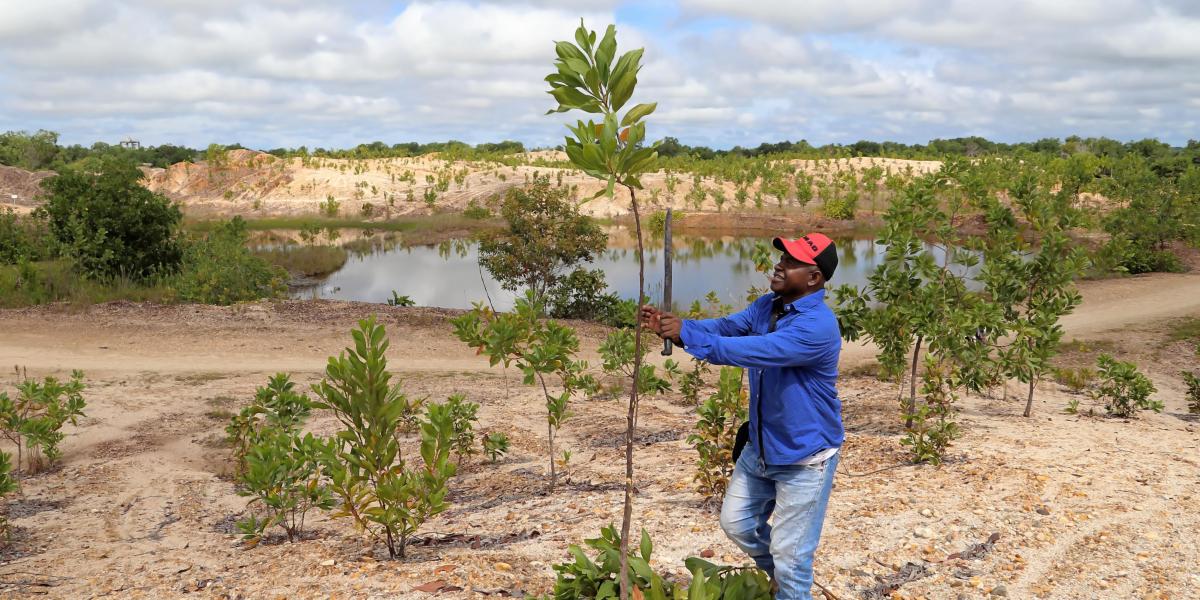
Jorge E. Martínez Santamaría / USAID
Featured Story
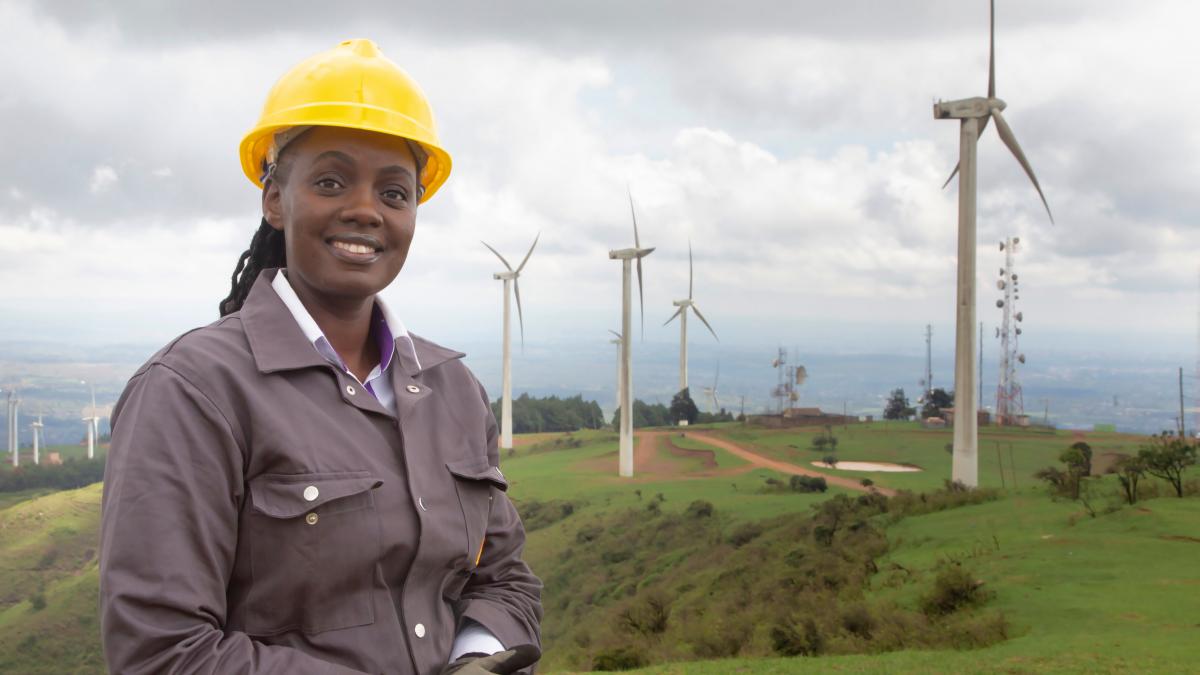
Climate variability and change impacts development in all sectors. Changing precipitation patterns can hurt food security, and less predictable and more intense floods and storms can destroy homes, hospitals, and roads. Hotter temperatures can harm human health, including through heat exhaustion and expansion of pests and diseases into new geographical areas.
USAID integrates climate change considerations and objectives into much of its broader development and humanitarian assistance work, recognizing that efforts in areas such as food and water security, health, governance and more can contribute to climate resilience and reductions in greenhouse gas emissions. At the same time, climate change adaptation and mitigation can directly benefit efforts and objectives in many of the sectors USAID works in. Thus, USAID programs across a variety of sectors help people, communities, governments, and institutions become more resilient to actual and expected changes in climate, and often support climate mitigation.
Our Approach and Results
Much of USAID’s climate integration is done through climate risk management, an established Agency-wide process to assess, address, and adaptively manage climate risks within all of our development efforts. Climate risk management improves the effectiveness and sustainability of our efforts, increases countries’ resilience to a changing climate, and ensures U.S. taxpayer dollars are well spent. Our staff begin managing for climate risks from the initial planning of our development efforts. As a result, more than 98 percent of our non-emergency development programming was screened for possible climate impacts in FY 2019. Climate risk management provides relevant, critical information for the Agency, identifying moderate or high climate risks to more than half of our programs.
USAID supports both internal and external efforts to consider climate change in all development sectors. Since April 2011, approximately 1,500 staff working in various technical areas have participated in climate change training, increasing our capacity to address climate change in all sectors. Our Climate Integration Leads throughout the organization, and around the world, ensure that our programs consider and account for possible climate impacts. USAID also shares climate change expertise through our climate knowledge sharing portal, Climatelinks.org. Through Climatelinks, we provide technical resources and training materials to development practitioners all over the world, with an average of 24,000 visitors to the site every month.
USAID also works with partner countries and organizations to integrate climate change considerations into development goals and planning. For example, from 2010-2015, we helped 25 countries to inventory their emissions and use that data to develop, improve, and implement their low-emissions development strategies. All 25 countries submitted Intended Nationally Determined Contributions to the Paris Agreement, committing to a 30 percent average reduction in greenhouse gas emissions over business-as-usual projections by 2030.



